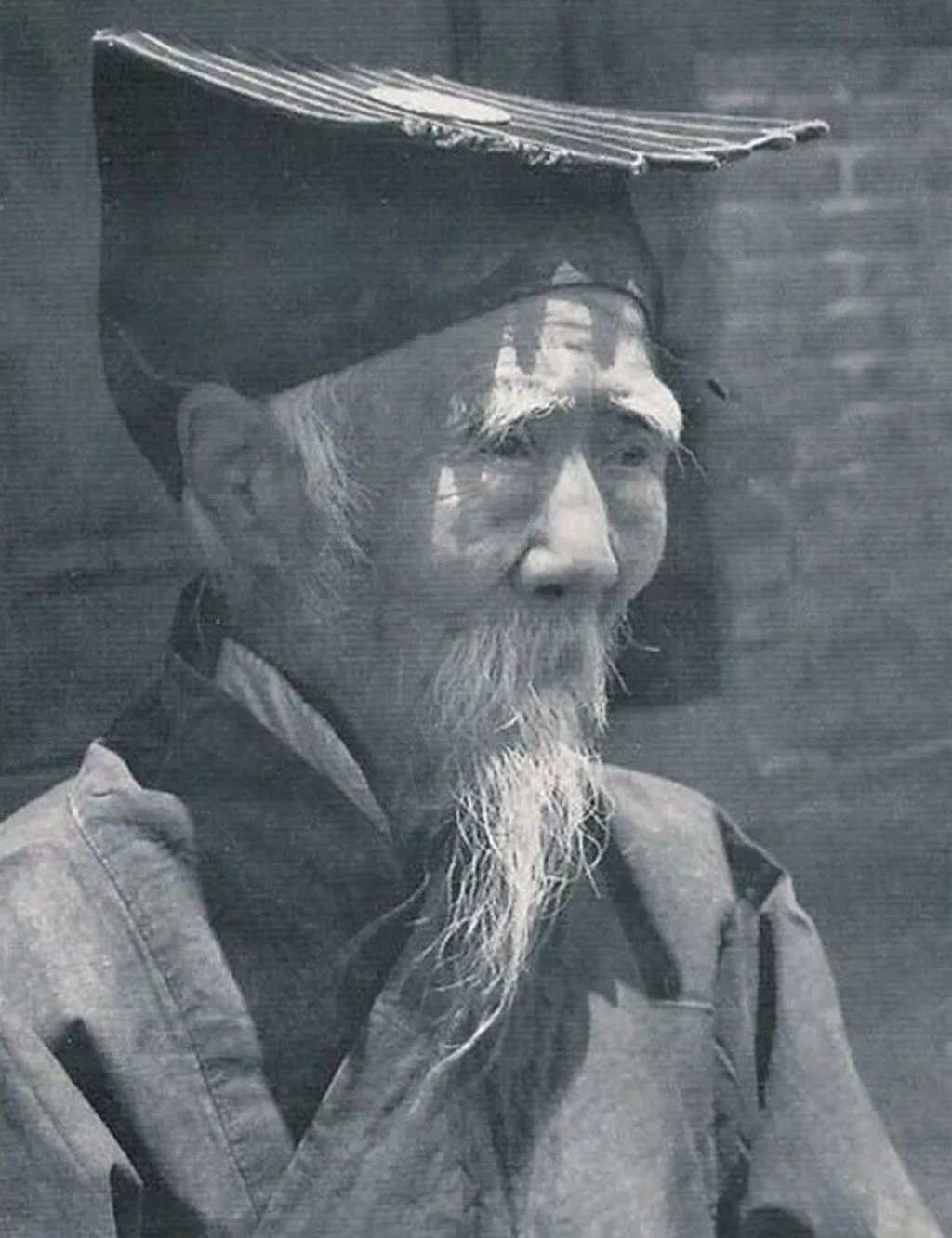Reflections | In China, hats once marked a young man’s entry into adulthood, but they have fallen out of fashion
- Until the mid 20th century, men’s headgear indicated social status and served the practical purpose of holding topknots in place
- In the coming-of-age ‘capping ceremony’, young men had a series of three hats placed on their heads before becoming adults

Bingeing on old movies one weekend, I noticed most of the male characters wore hats. In Casablanca (1942), Humphrey Bogart’s fedora casts a romantic and dangerous shadow over the face of rakish Rick Blaine, while Gregory Peck’s Panama in To Kill a Mockingbird (1962) is a keystone of all that is good about Atticus Finch. Even the ungainly Gene Hackman cuts a not unhandsome figure in his pork pie hat as Jimmy “Popeye” Doyle in The French Connection (1971) and French Connection II (1975).
For the first half of the 20th century, it was common for men to wear hats but by the latter half, they had become an accessory only for ceremonial or special occasions.
Until recent times, men in China always wore a hat or head covering. Headgear was so important that a young man’s induction into adulthood was marked by a “capping ceremony” (guanli). Only after going through this rite of passage would he be allowed to marry, and participate in clan and social activities as an adult.
While the age for guanli was traditionally 20, it could occur earlier. A grand affair witnessed by many, the ceremony involved placing three different types of headgear on the young man’s head, one after the other, with different felicitous words recited by a master of ceremony. At the end of the capping ceremony, the young man would be given a courtesy name (zi) and would start wearing head coverings befitting an adult male.
Given China’s long history, there are too many different types of male headgear to enumerate here, but they all served the purpose of protecting the wearer’s head and projecting his place in the social hierarchy. For Han Chinese men, who did not cut their hair, head coverings also had to help keep their topknots in place.

